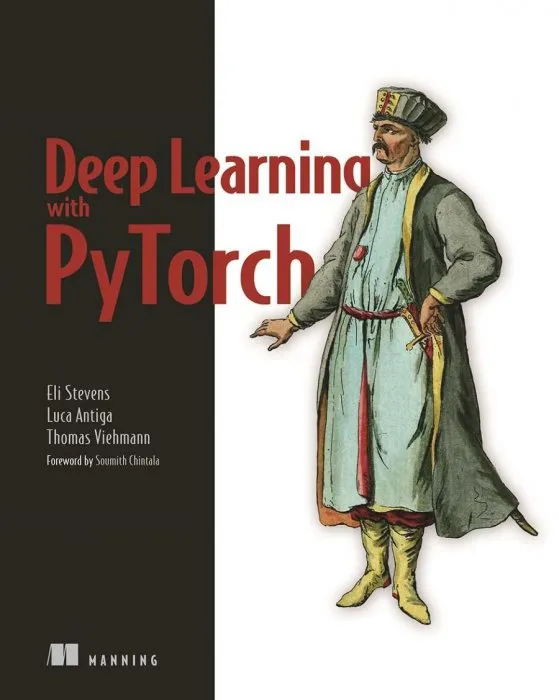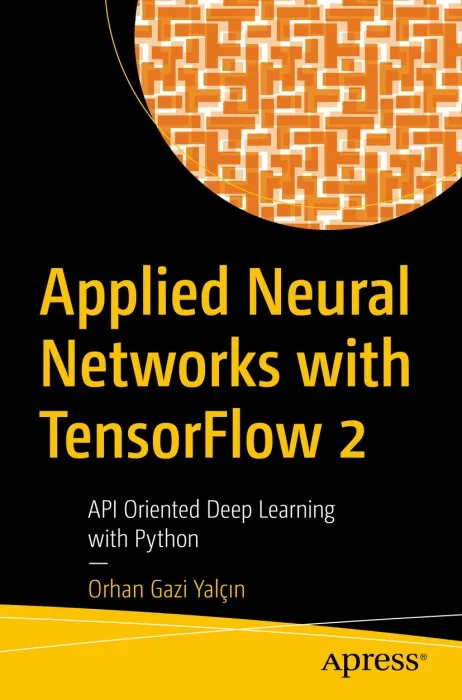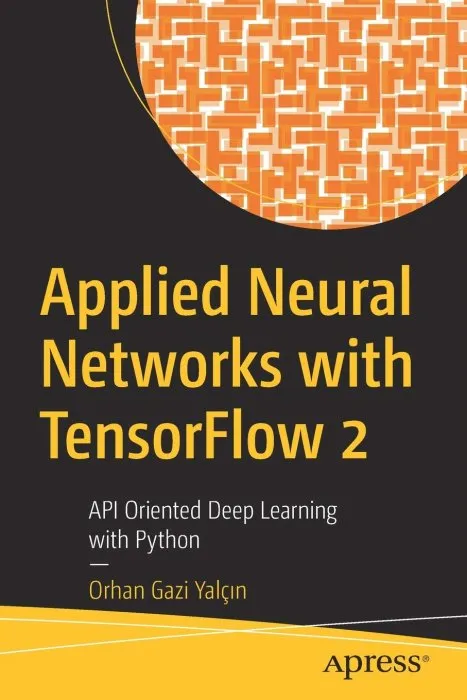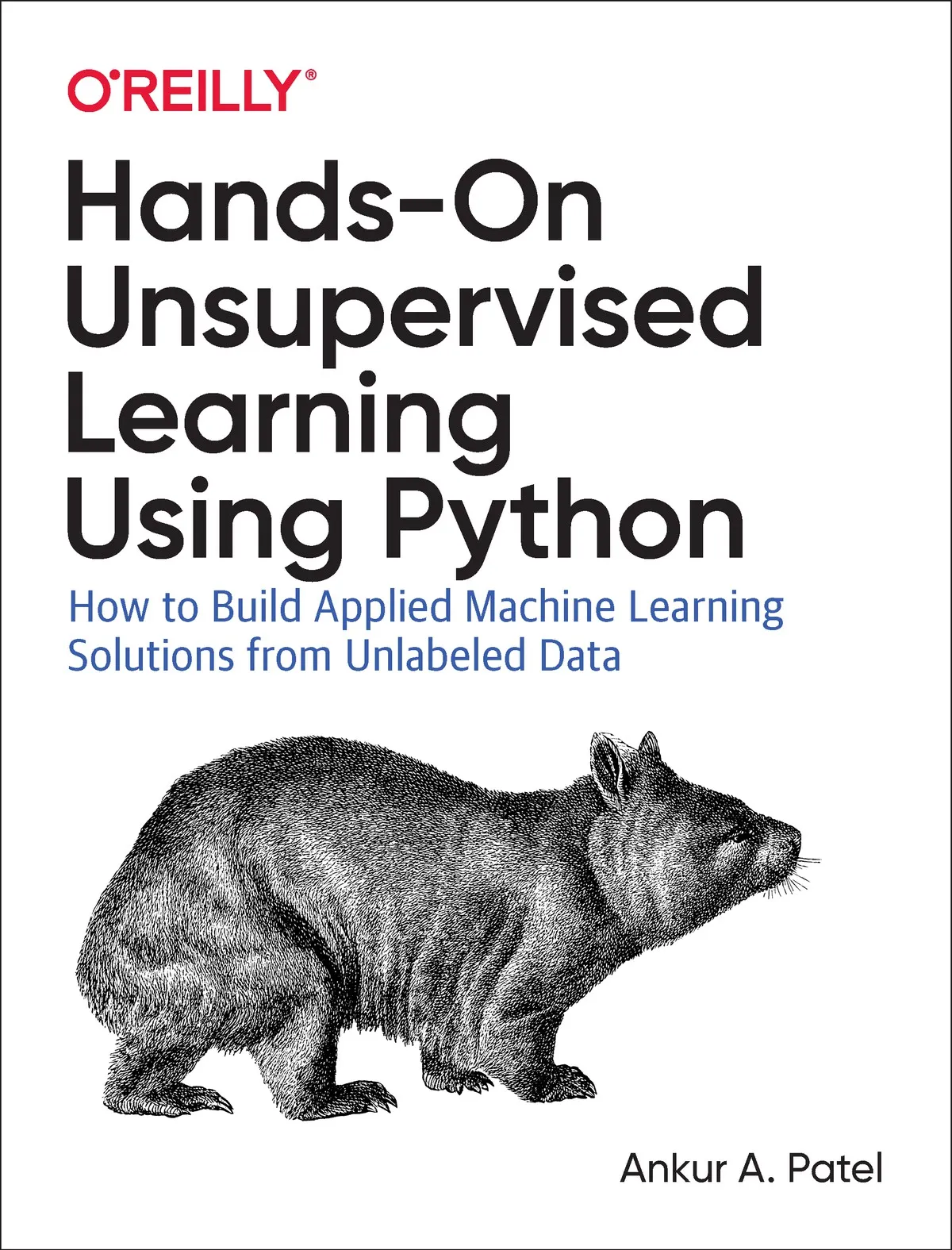Beginning Anomaly Detection Using Python-Based Deep Learning: With Keras and PyTorch
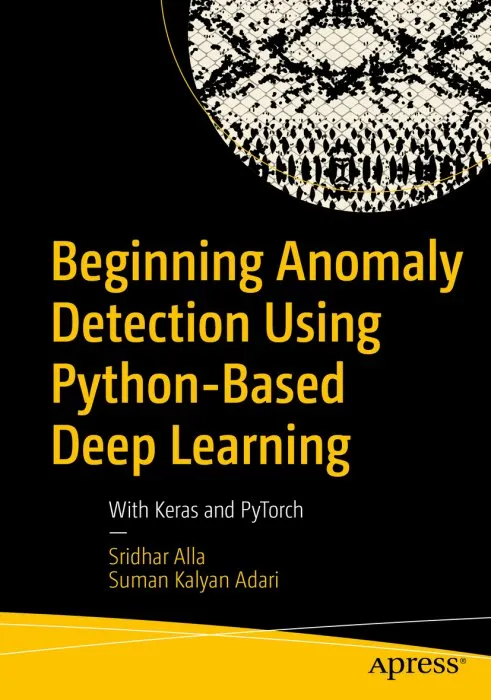
Date: October 10th, 2019
ISBN: 1484251768
Language: English
Number of pages: 416 pages
Format: EPUB
Add favorites
Utilize this easy-to-follow beginner's guide to understand how deep learning can be applied to the task of anomaly detection. Using Keras and PyTorch in Python, the book focuses on how various deep learning models can be applied to semi-supervised and unsupervised anomaly detection tasks.
This book begins with an explanation of what anomaly detection is, what it is used for, and its importance. After covering statistical and traditional machine learning methods for anomaly detection using Scikit-Learn in Python, the book then provides an introduction to deep learning with details on how to build and train a deep learning model in both Keras and PyTorch before shifting the focus to applications of the following deep learning models to anomaly detection: various types of Autoencoders, Restricted Boltzmann Machines, RNNs & LSTMs, and Temporal Convolutional Networks. The book explores unsupervised and semi-supervised anomaly detection along with the basics of time series-based anomaly detection.
By the end of the book you will have a thorough understanding of the basic task of anomaly detection as well as an assortment of methods to approach anomaly detection, ranging from traditional methods to deep learning. Additionally, you are introduced to Scikit-Learn and are able to create deep learning models in Keras and PyTorch.
What You Will Learn
• Understand what anomaly detection is and why it is important in today's world
• Become familiar with statistical and traditional machine learning approaches to anomaly detection using Scikit-Learn
• Know the basics of deep learning in Python using Keras and PyTorch
• Be aware of basic data science concepts for measuring a model's performance: understand what AUC is, what precision and recall mean, and more
• Apply deep learning to semi-supervised and unsupervised anomaly detection
Who This Book Is For
Data scientists and machine learning engineers interested in learning the basics of deep learning applications in anomaly detection
This book begins with an explanation of what anomaly detection is, what it is used for, and its importance. After covering statistical and traditional machine learning methods for anomaly detection using Scikit-Learn in Python, the book then provides an introduction to deep learning with details on how to build and train a deep learning model in both Keras and PyTorch before shifting the focus to applications of the following deep learning models to anomaly detection: various types of Autoencoders, Restricted Boltzmann Machines, RNNs & LSTMs, and Temporal Convolutional Networks. The book explores unsupervised and semi-supervised anomaly detection along with the basics of time series-based anomaly detection.
By the end of the book you will have a thorough understanding of the basic task of anomaly detection as well as an assortment of methods to approach anomaly detection, ranging from traditional methods to deep learning. Additionally, you are introduced to Scikit-Learn and are able to create deep learning models in Keras and PyTorch.
What You Will Learn
• Understand what anomaly detection is and why it is important in today's world
• Become familiar with statistical and traditional machine learning approaches to anomaly detection using Scikit-Learn
• Know the basics of deep learning in Python using Keras and PyTorch
• Be aware of basic data science concepts for measuring a model's performance: understand what AUC is, what precision and recall mean, and more
• Apply deep learning to semi-supervised and unsupervised anomaly detection
Who This Book Is For
Data scientists and machine learning engineers interested in learning the basics of deep learning applications in anomaly detection
Download Beginning Anomaly Detection Using Python-Based Deep Learning: With Keras and PyTorch
Similar books
Information
Users of Guests are not allowed to comment this publication.
Users of Guests are not allowed to comment this publication.
